Stunning stretches of bleached blonde sand edging into the cold Atlantic Ocean, fringed by sleepy fishing villages ….. that’s always been my limited impression of the Western Cape’s West Coast. In a toss between the Garden Route and the...
Stunning stretches of bleached blonde sand edging into the cold Atlantic Ocean, fringed by sleepy fishing villages ….. that’s always been my limited impression of the Western Cape’s West Coast. In a toss between the Garden Route and the West Coast, the Garden Route has always won … Until now!
I was invited on a five day Cape Tourist Guides Association (CTGA) educational trip up the West Coast, generously sponsored by Wesgro. It was an amazing opportunity for local guides to find out more about the hidden gems of the West Coast, so I jumped at the chance to join what turned out to be a real eye-opener of a trip to discover the Cradle of Human Culture in this area.
We left Cape Town bright and early one Monday morning and travelled up the N7 past Malmesbury to Clanwilliam, with a fantastic comfort stop at De Tol, probably the oldest farm stall on the N7.


Located on a historic piece of land along the Piekenierskloof Pass, it is filled with many stories of Pikemen, toll fees and a nurse with her first aid cabinet. The building acted as a supply station and pitstop for many travellers since 1864. Now it offers a variety of unique experiences including the Piekenierskloof Tasting Room – where they have six different wine tasting options – and the Carmién Tea Shop where you can do a unique G&Tea tasting.

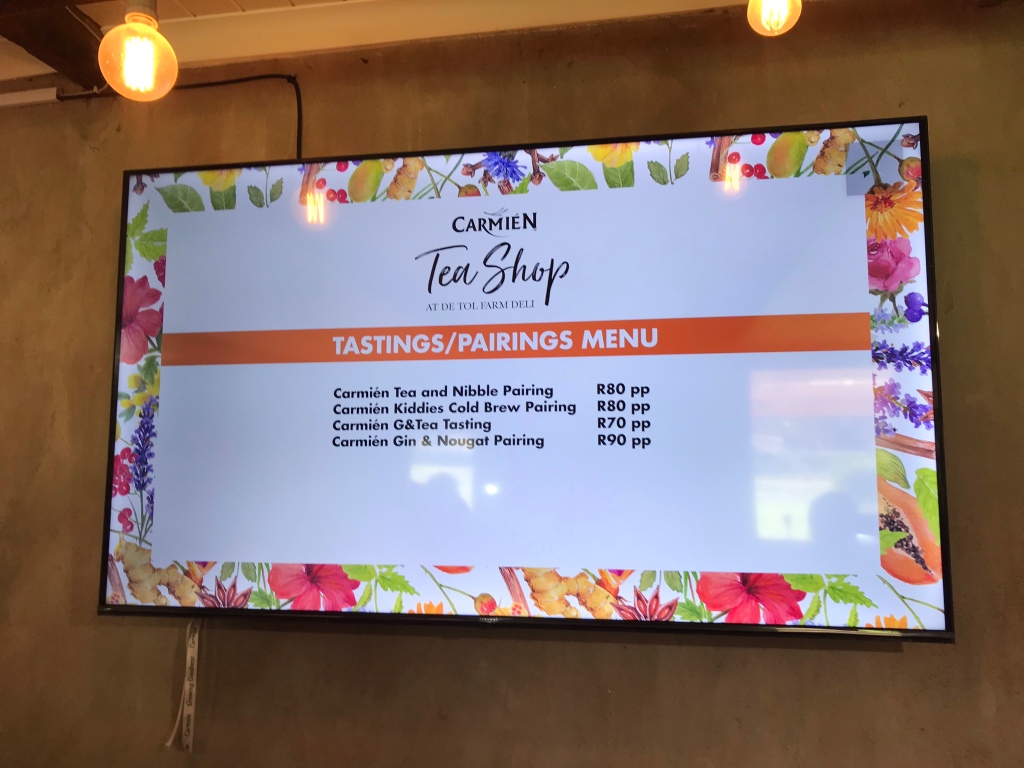
After tasting both the local wines and teas (this area is famous for rooibos), we headed 35 kms past Clanwilliam for a packed lunch at Bushman’s Cave Theatre, on the farm Oude Muur at the foot of the dramatic Cederberg mountain range.





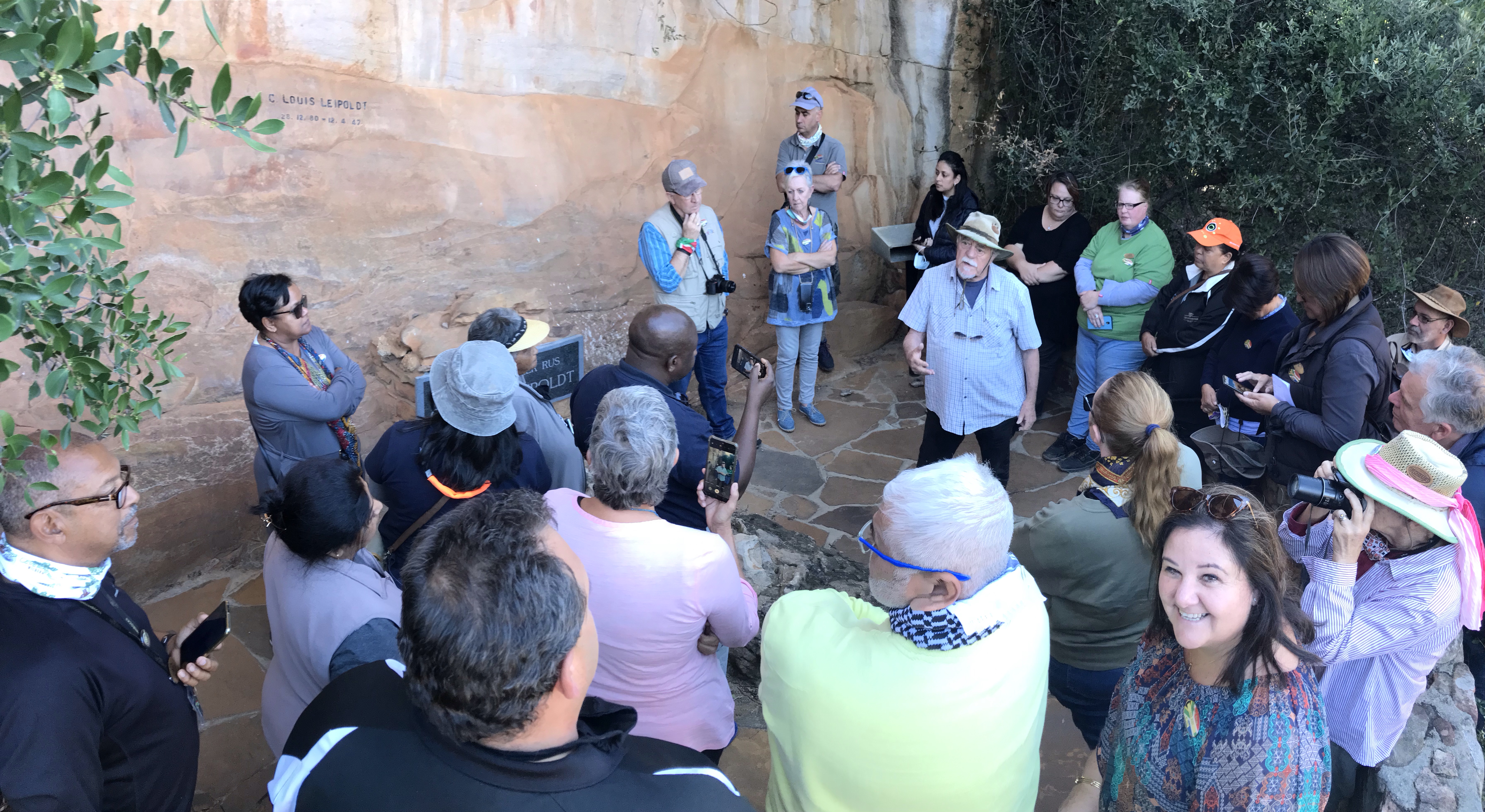


En route we stopped at C. Louis Leipoldt’s grave alongside the R365. He was a South African poet, dramatist, medical doctor, reporter and food expert and is buried in an open cave on the Pakhuis Pass, fittingly beneath some San Rock Art.


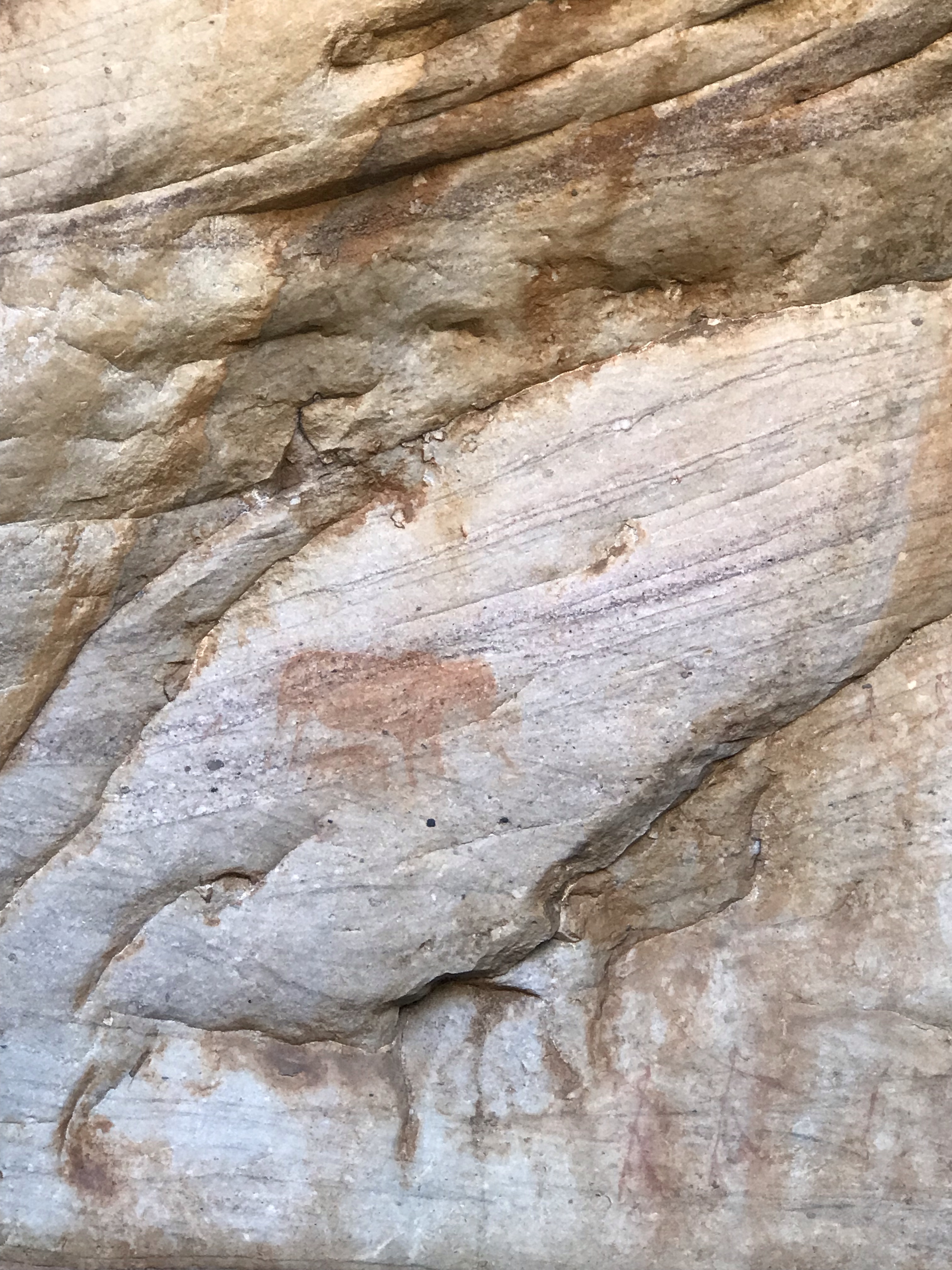

At the Cave Theatre we were treated to an interesting talk on rock art by leading local expert, Prof John Parkington, followed by a quick hike up the magnificently imposing red and gold Cederberg rocks to view rock art in the area and to get a taste of what was to come later…
The San people are surviving descendants of pre-colonial hunter-gatherers who once lived across Southern Africa. The rock art left behind in ancient caves, rock shelters and camps is testament to earliest signs of their existence and the Cederberg Mountain range is one of the richest rock art areas in Southern Africa. San rock paintings and engravings of stick people (the Prof will kill me for calling them that!), animals – (elephant and eland are top of the list) and the San’s relationship to their life history can be seen along shaded rocky outcrops and overhanging caves. Even though there is a similarity of rock art across the Western Cape, each site is different from the next in terms of the art and there are an estimated 1000 or more sites in the Cederberg area to discover.
We overnighted at the Clanwilliam Hotel, with a delicious dinner at Bella Louise restaurant down the road from the hotel. We set out early the next morning to tackle the popular Sevilla Rock Art Trail, a 5 km trail that winds along the Brannewyn River and visits 9 sites of San rock art paintings. It offers some of the finest examples of rock art in the district and is a fascinating glimpse into the world of these early inhabitants.






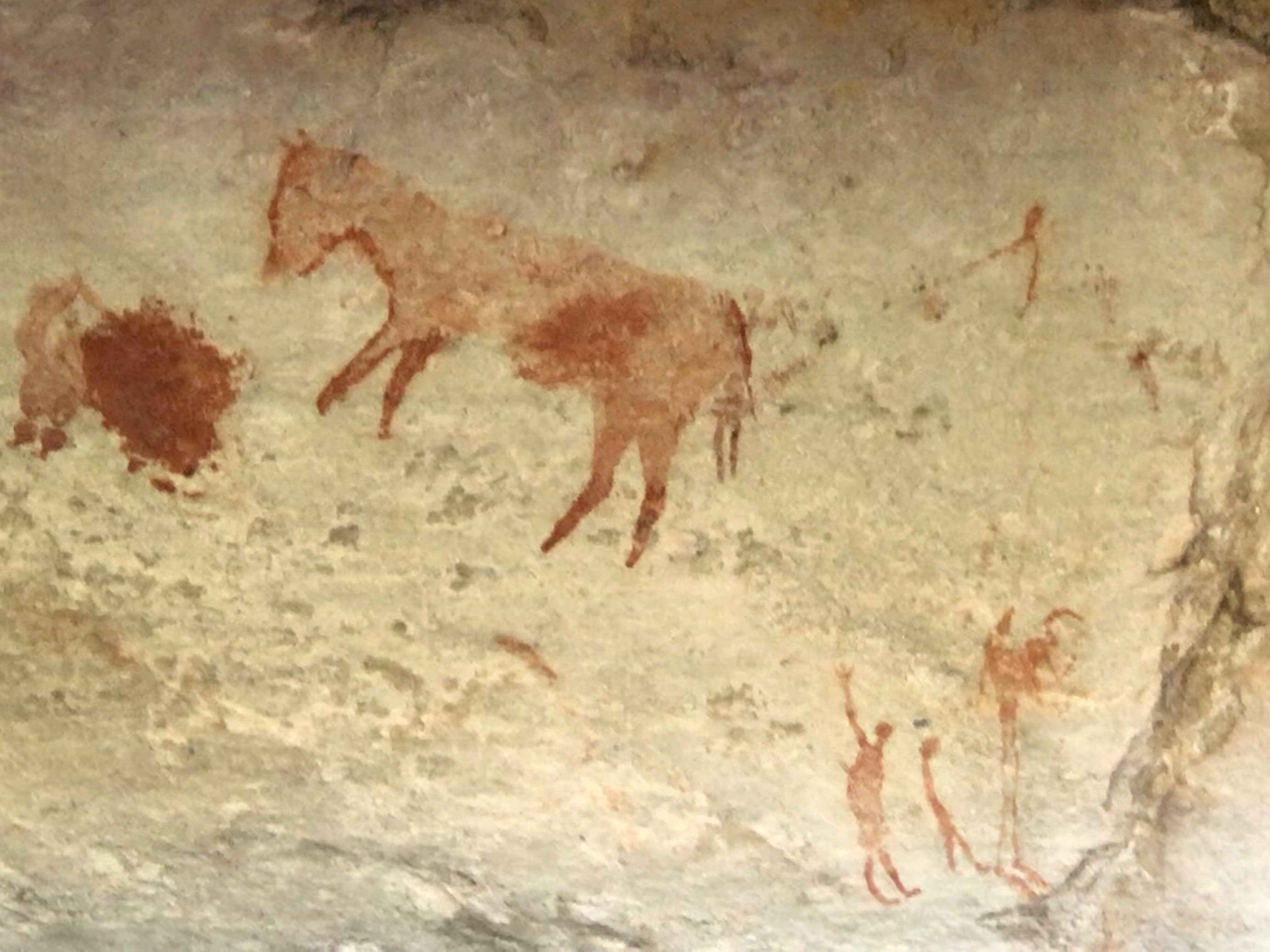


The trail is relatively easy walking, with a wonderful diversity of indigenous plants and birds as an added bonus. The trail starts and ends at Traveller’s Rest Farm, 34 km from Clanwilliam, on the R364 over the spectacular Pakhuis Pass and you need a permit (R40) to do the trail.











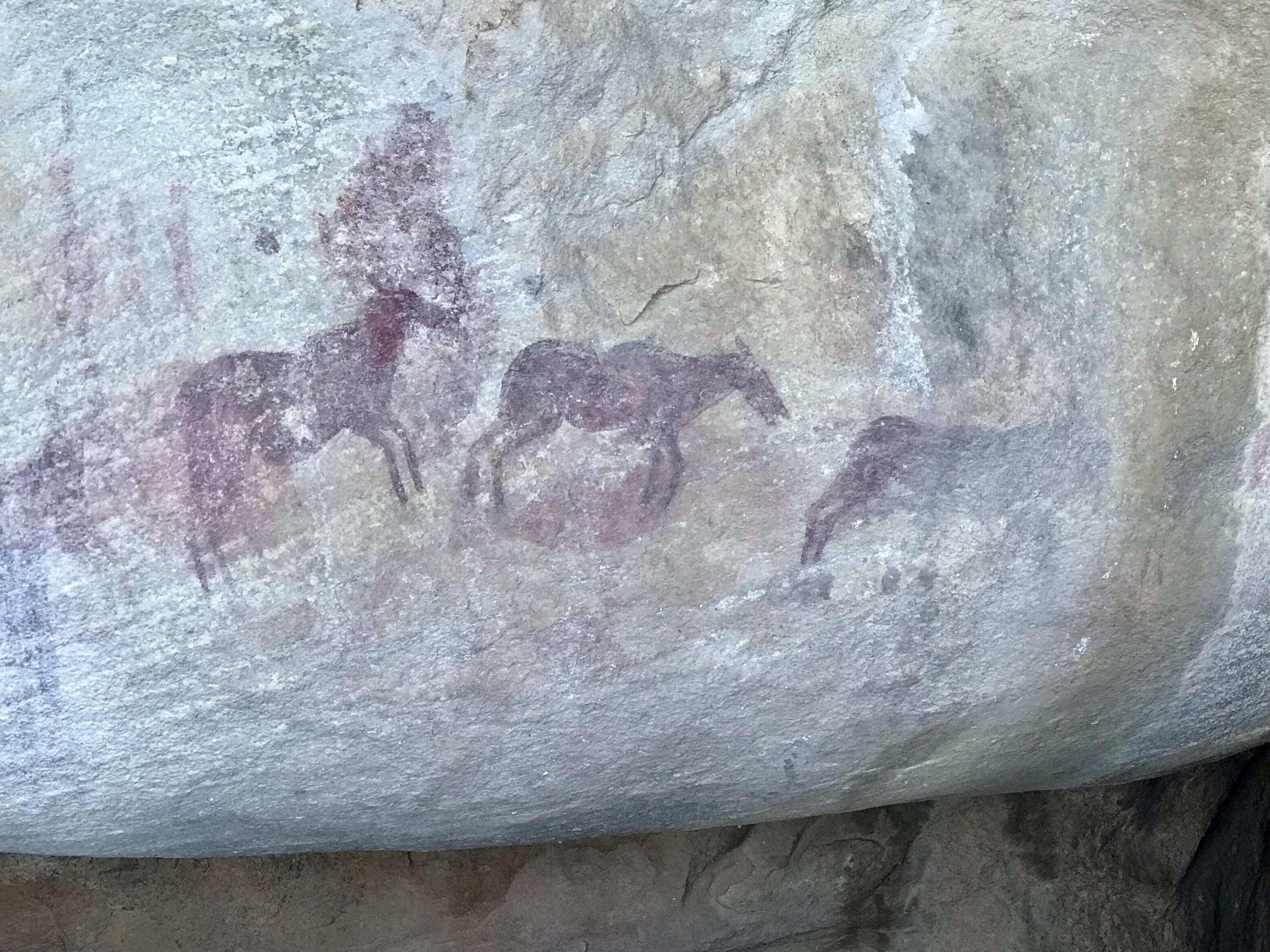


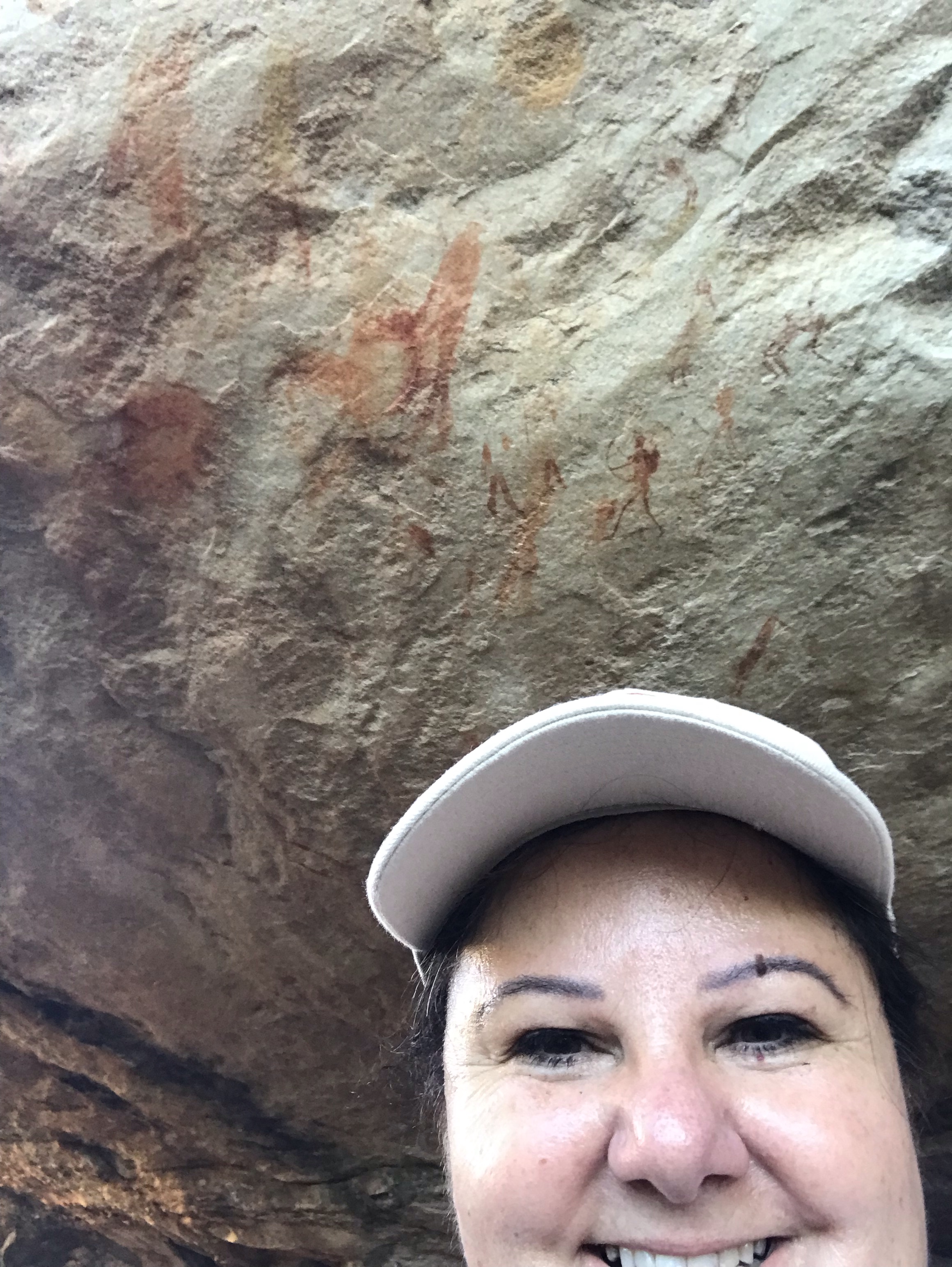
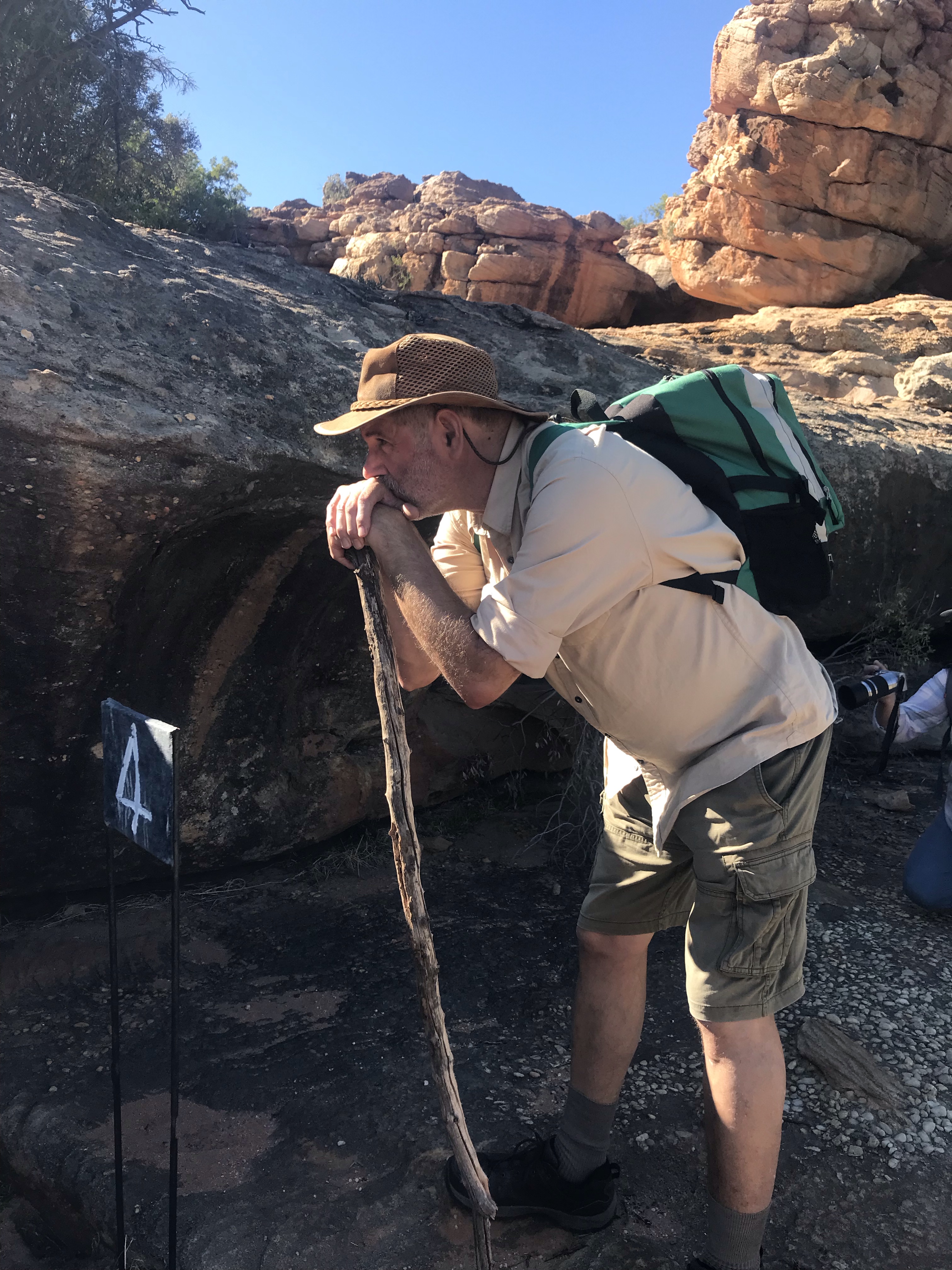
After a hot and long morning walking the trail with a guided talk at each stop by Prof John Parkington, we went for a sumptuous pizza buffet lunch at Alpha Excelsior Farm & Winery Restaurant on the way back into Clanwilliam. This delightful place deserves a mention of its own, it is a beautiful olive and wine farm in the middle of what feels like nowhere, and they make the most delicious assortment of fresh oven baked pizzas and mezze.
In the evening we drove a short distance to Velskoendraai, an abundantly packed farm stall on the road as you come into Clanwilliam from the N7, where we had a beer and wine tasting with a difference with local guide Nelda van Zyl, followed by a riveting riel dance display by Die Betjies van Betjiesfontein Riel Dancers and a finger licking spit braai.


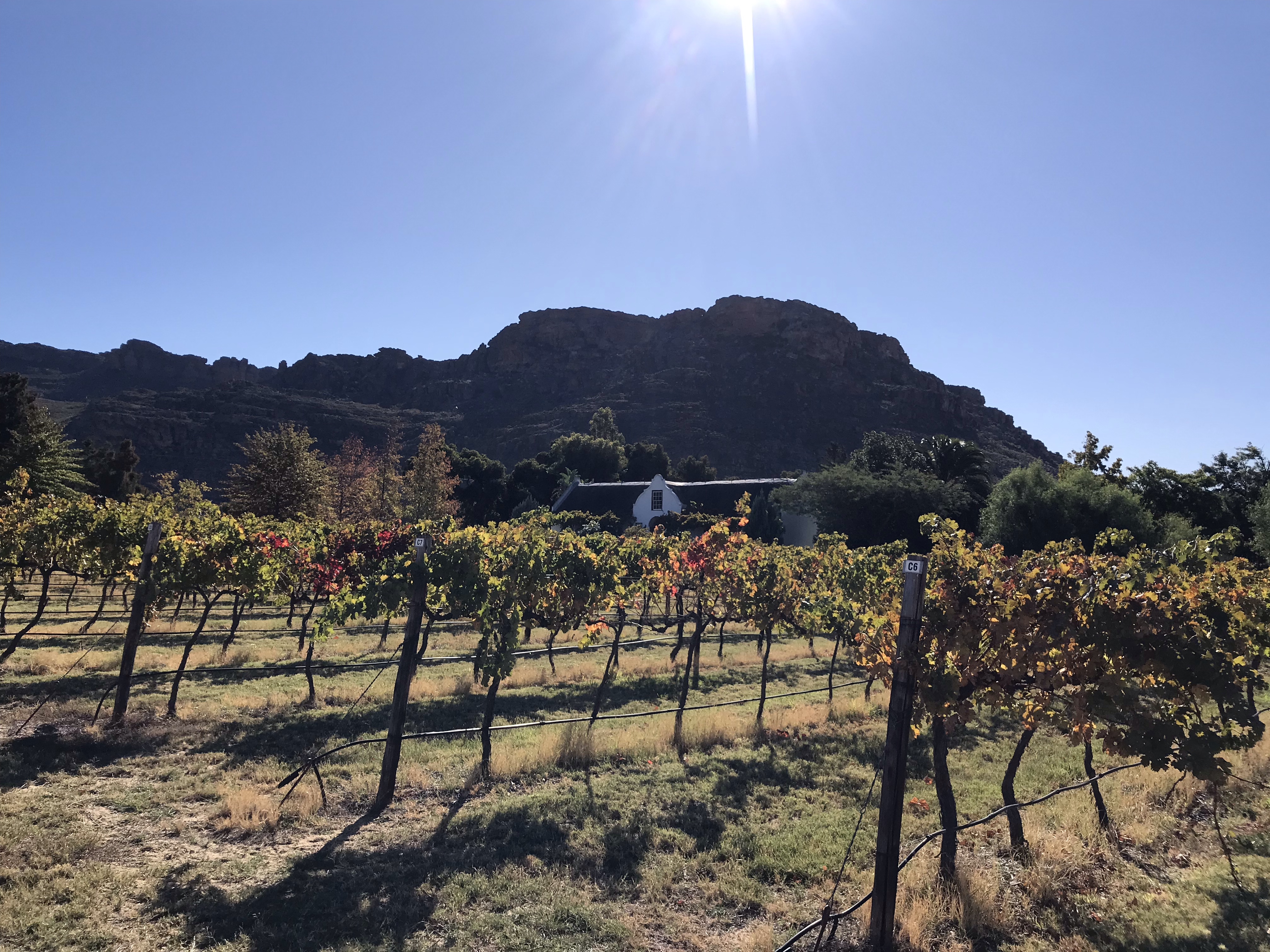 Alpha excelsior farm
Alpha excelsior farm
The Riel dance/Rieldans has its roots in the Khoisan tradition and it originated as a celebratory dance. It’s thought to be one of the oldest indigenous dancing styles in South Africa and each dance step is twice as quick as a normal dance step! The Nama people call it the Ikhapara, but the ‘riel’ title is probably borrowed from the Scottish ‘reel’, which describes a Scottish folk dance.

The next morning we headed towards the coastline, coming out at Lamberts Bay where we toured Bird Island. This 3 hectare island is connected to the mainland via a breakwater and is an important breeding and roosting site for seabirds, particularly the noisy blue-eyed Cape gannets. Cape fur seals could also be seen sunning themselves on the island’s rocks.





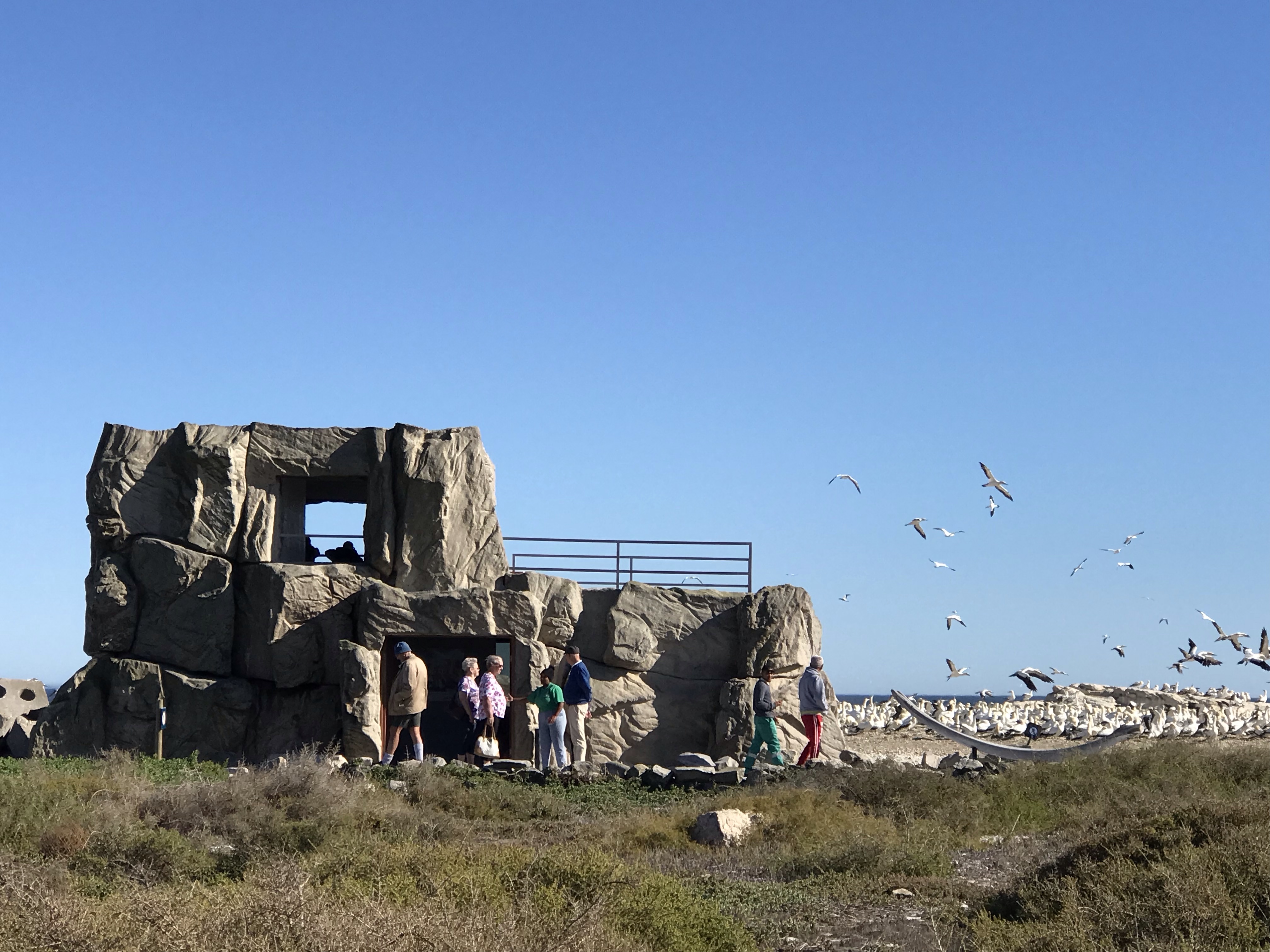

From there we made our way to more rock art at Diepkloof Rock Shelter, with another guided tour by Prof Parkington after a 3km climb up to the Rock Shelter (or Hell, as I called it). About half way up it looked heavy going and more than my recent knee surgery could handle, so I opted to turn back while the rest of the group hugged rocks in the hot midday sun for another 2 hours in search of yet more rock art. A well-deserved lunch came in the form of a picnic at Elands Bay Caves, the site of …. you guessed it, even more rock art, followed by dinner at the uniquely South African Boesmansland restaurant in Langebaan, and an overnight stay at Club Mykonos.



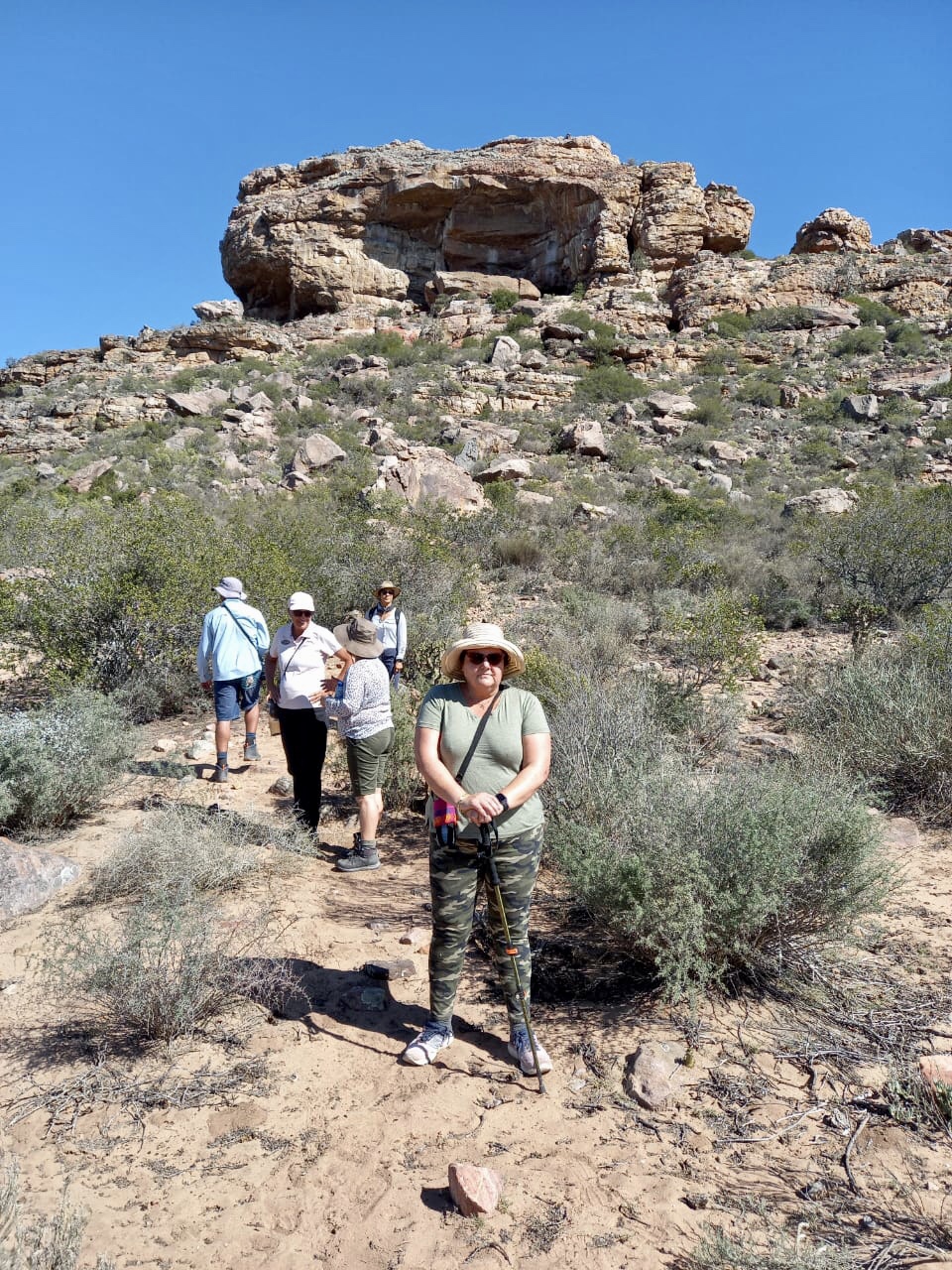


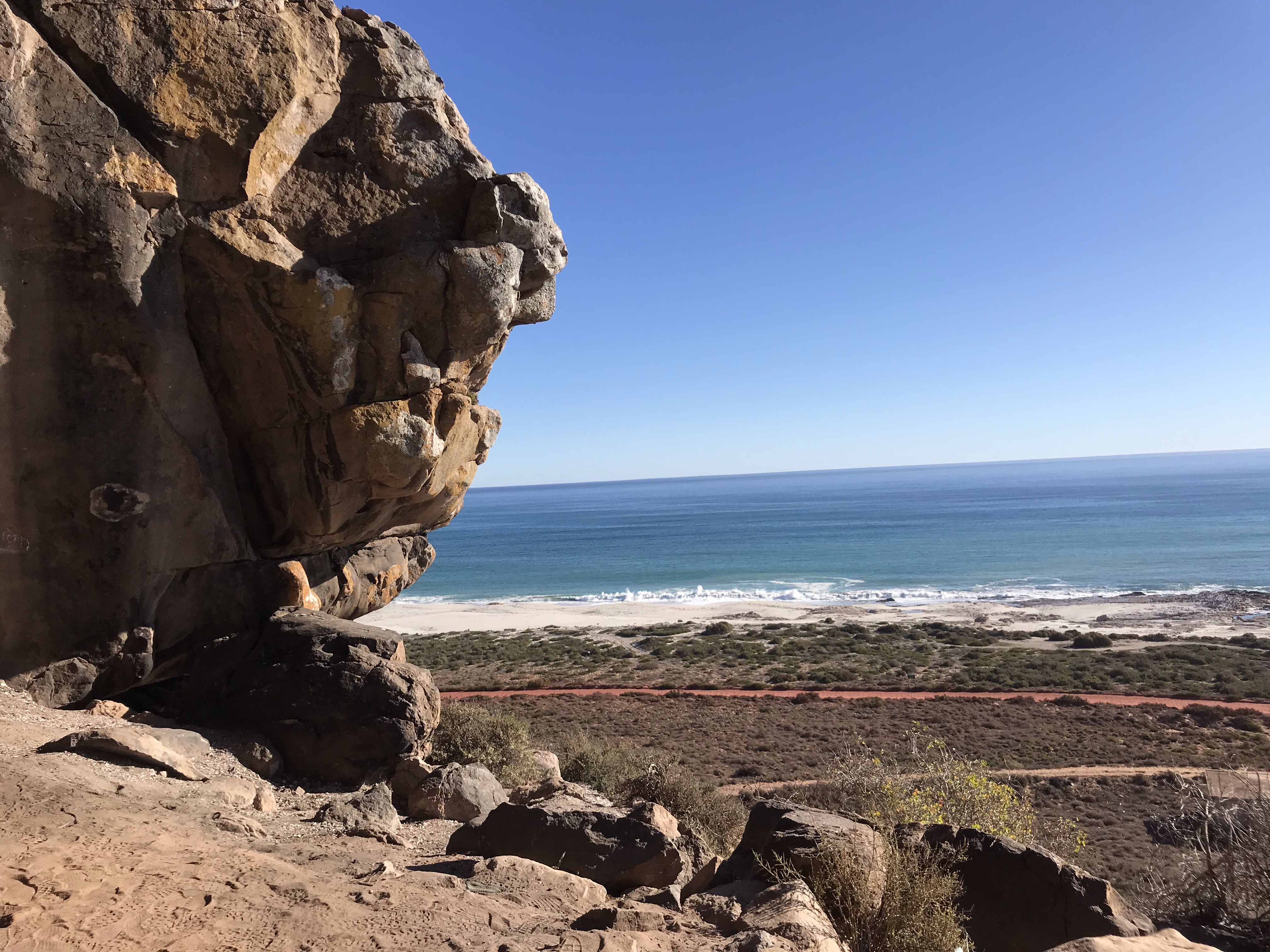



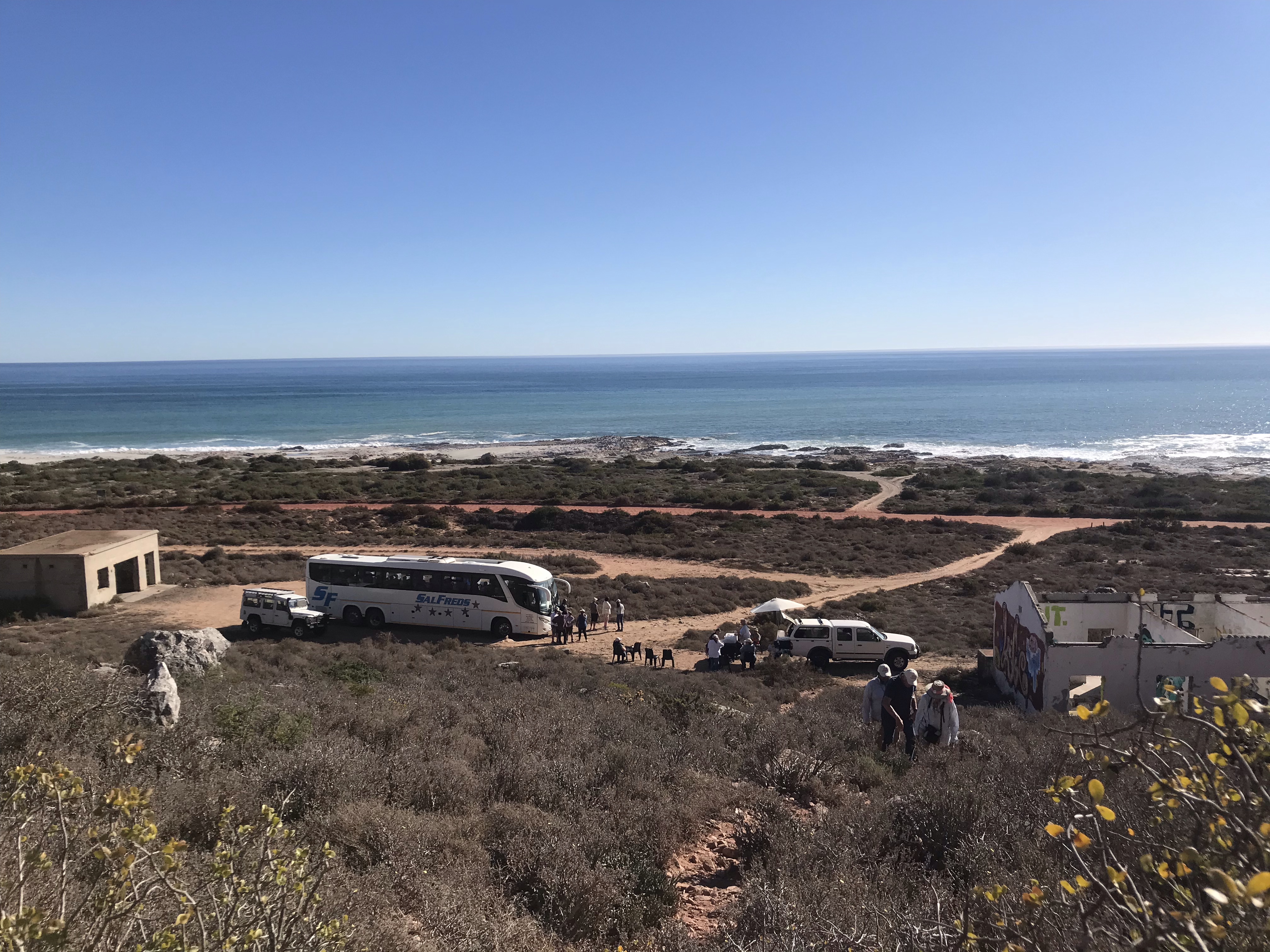

The next day’s highlight was definitely a visit to Bokkomlaan in Velddrift. Bokkomlaan is named after the salted, silvery, savoury mullet strung into bunches and hung out to dry. It’s a signature local delicacy in this area and also locally known as Velddrift Biltong! Bokkomlaan is a great place to chill and watch the birdlife while sipping a freshly roasted coffee or a cocktail while the colorful locals entertain you with stories on how to serve bokkoms (my favourite – bokkom butter!)

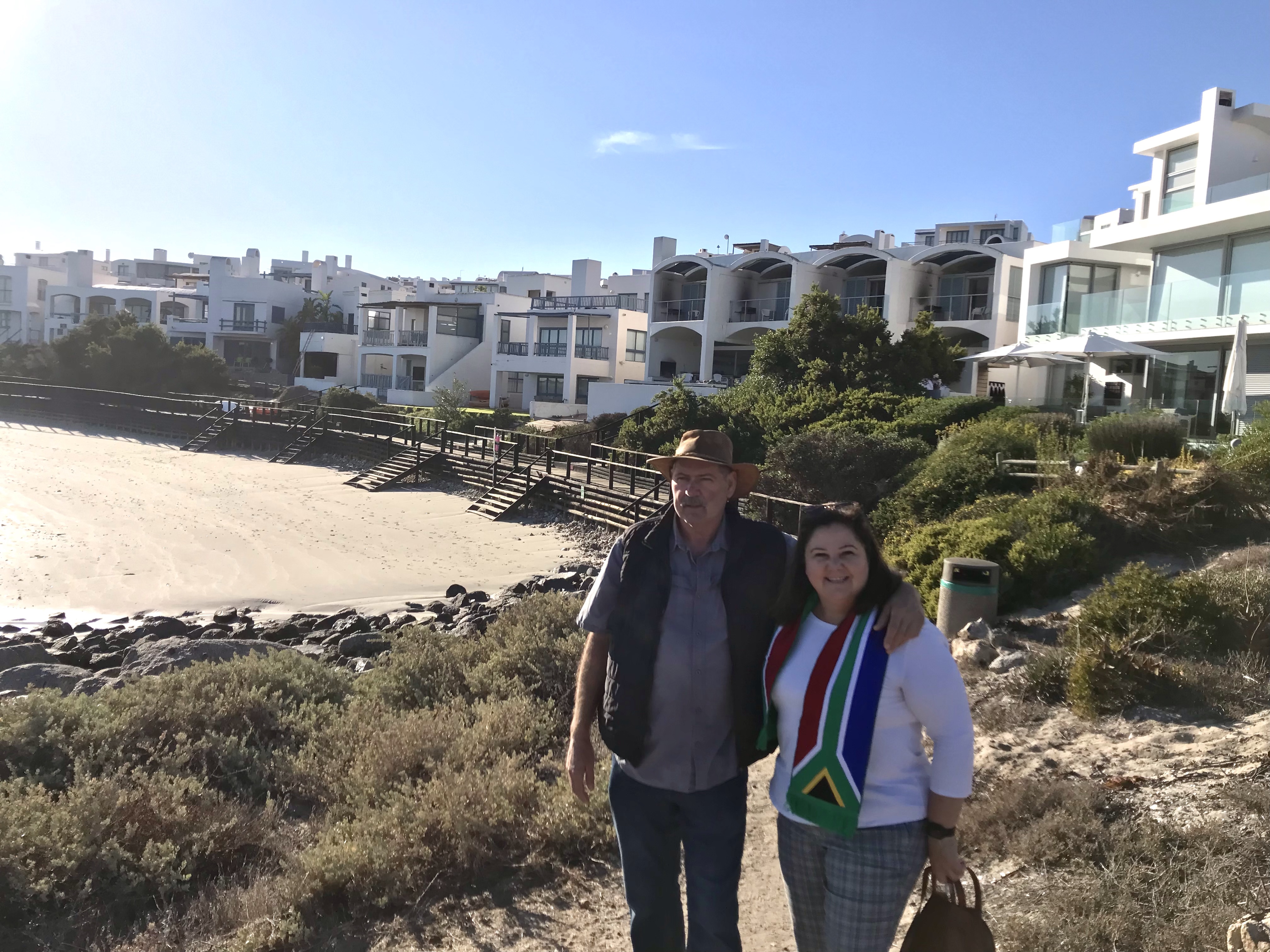



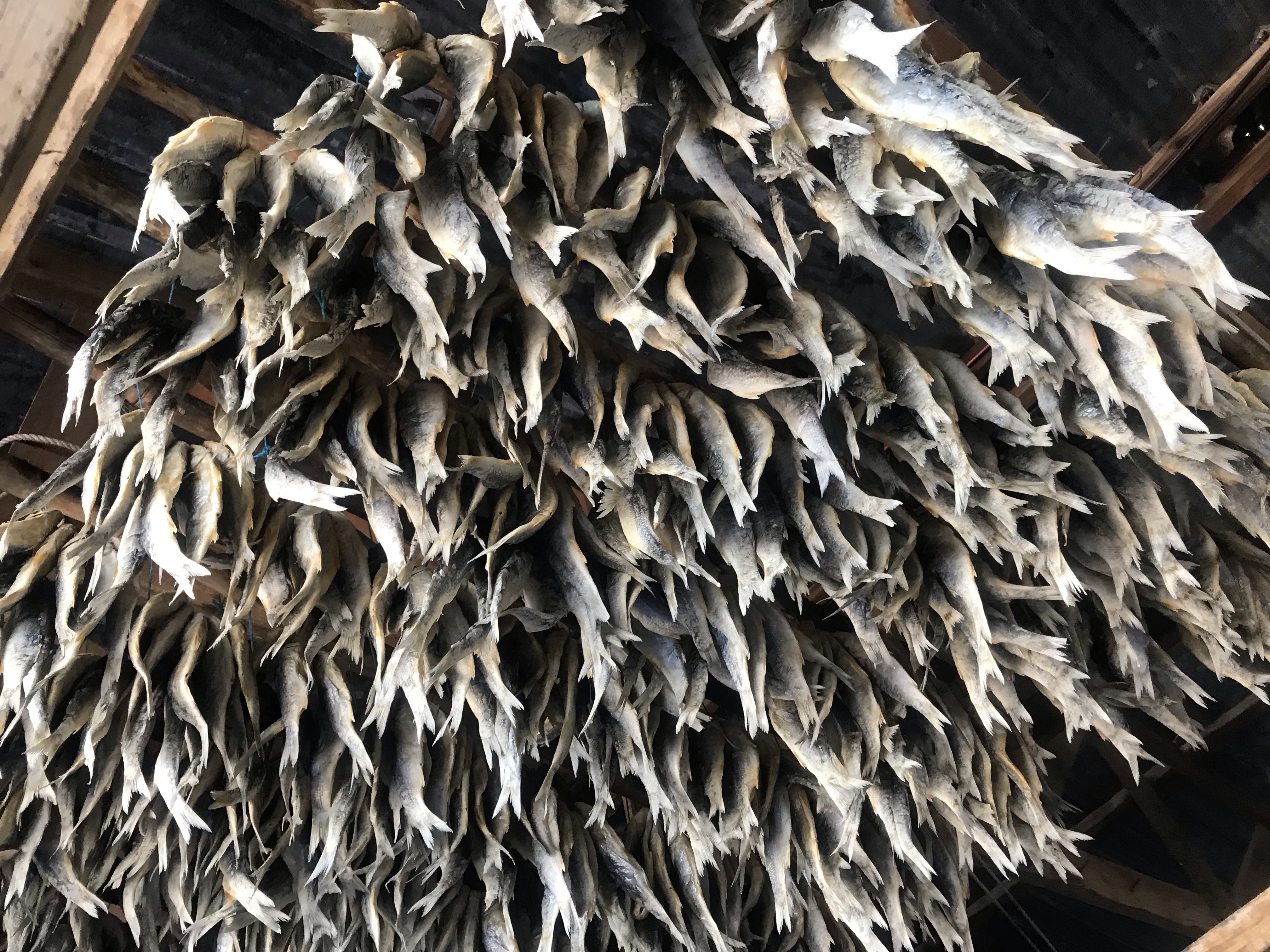






Then it was off to Charlies Brewery in Port Owen for a beer tour and tasting by ma







